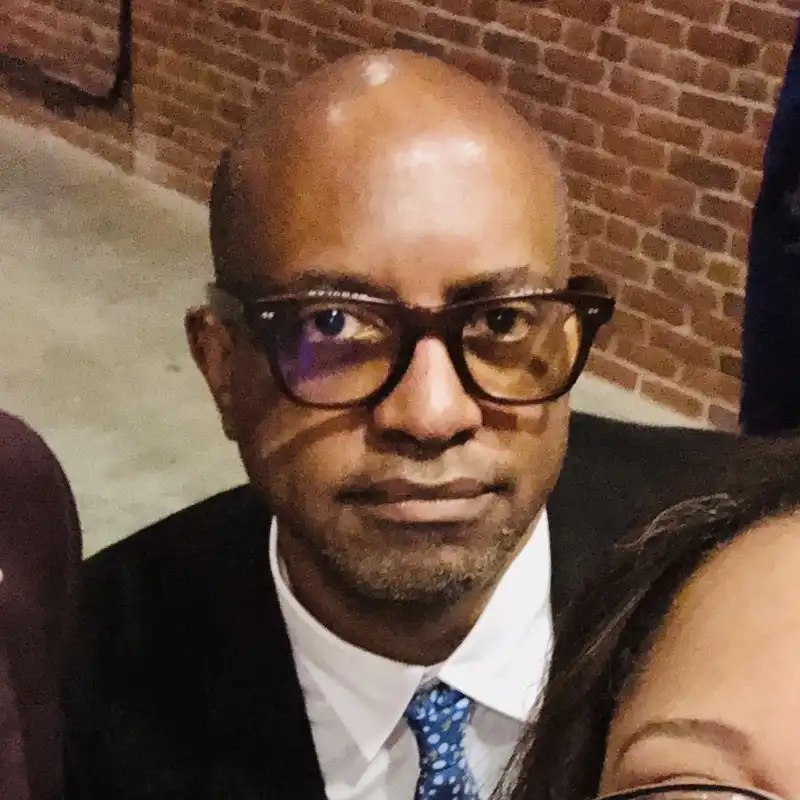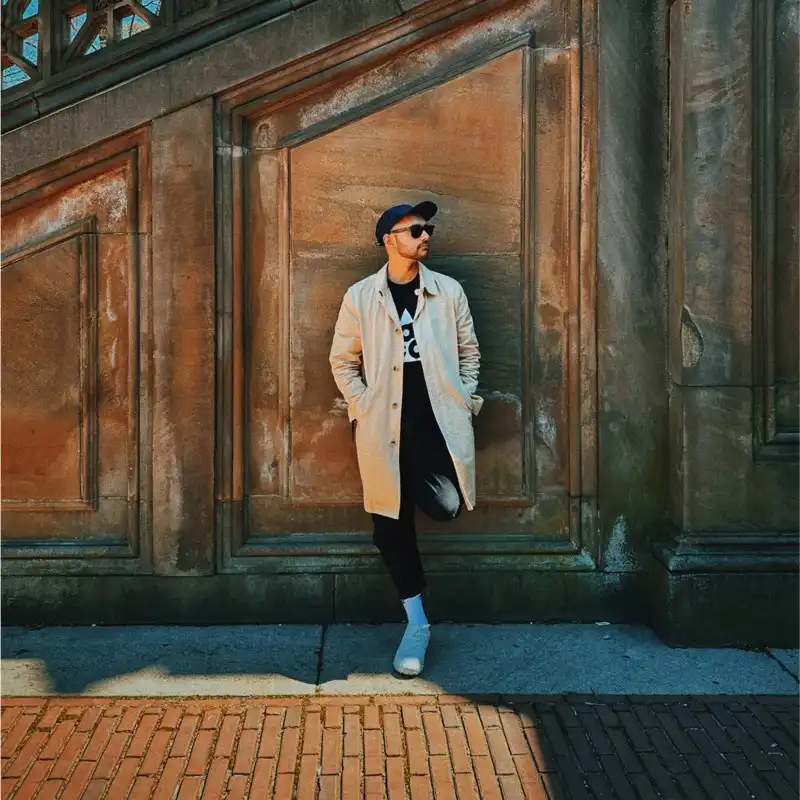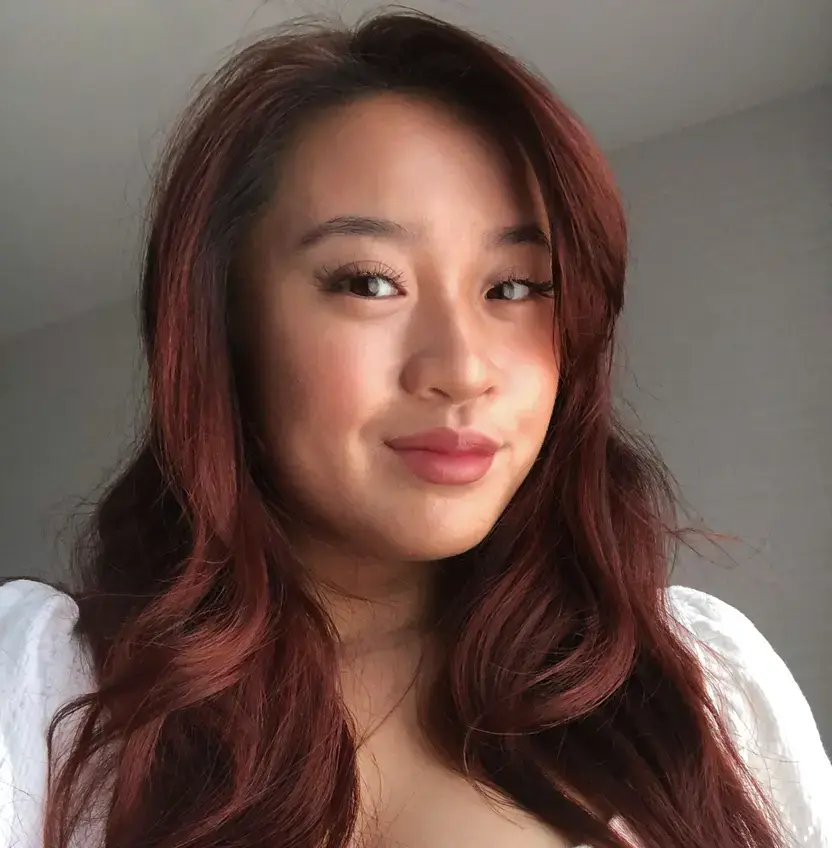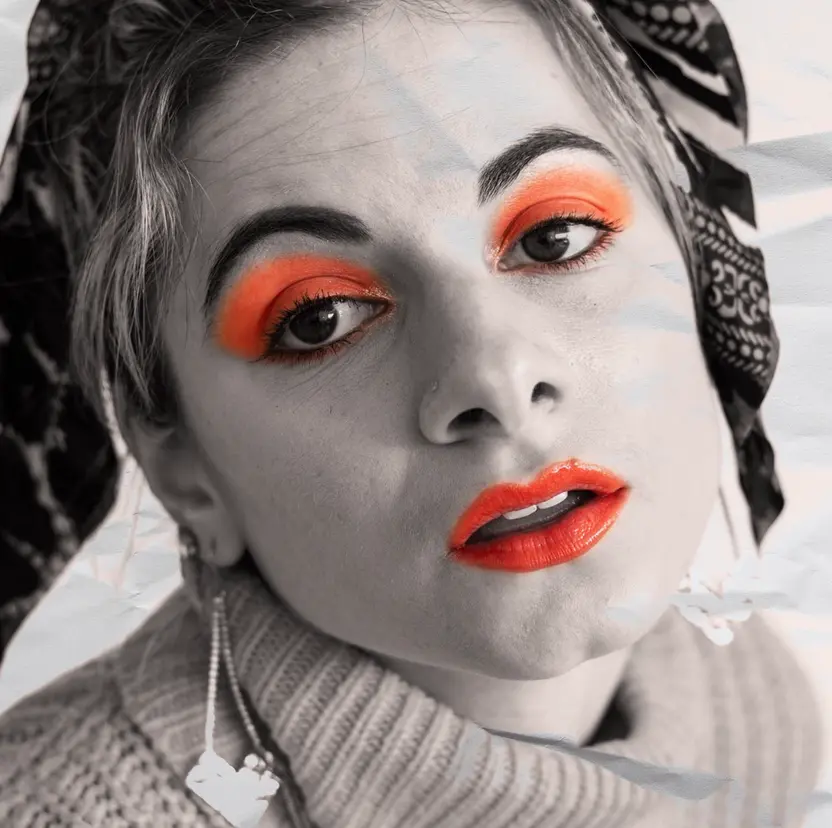What is Art Direction?
Art Direction is the strategic oversight and visual guidance that ensures the consistent and cohesive presentation of a creative project. It plays an essential role in branding, advertising, marketing, and media production, where visual aesthetics and messaging must align with the project’s objectives and target audience. Art Direction encompasses planning and executing the visual elements of campaigns, from choosing appropriate color schemes and typography to guiding photography and design aspects. It essentially bridges the gap between the creative vision of a project and its execution, ensuring that the final output resonates with the intended message and brand identity.
Key Takeaways
- Art Direction involves the strategic and aesthetic direction of visual content in various media and advertising projects.
- It ensures consistency and alignment of visual elements with a brand's identity and project goals.
- Art Directors typically oversee the selection of visual styles, color palettes, typography, and imagery.
- The role requires a combination of creativity, strategic thinking, and leadership skills to manage artistic teams effectively.
- Art Direction is crucial for crafting a memorable and impactful visual narrative for marketing campaigns and branded content.
Roles and Responsibilities of an Art Director
An Art Director is tasked with translating creative ideas into visually compelling narratives. They collaborate closely with designers, copywriters, photographers, and filmmakers to develop visual concepts. Responsibilities include leading the visual tone of projects, selecting stylistic elements, and approving layouts and designs. Art Directors must ensure that every visual component aligns seamlessly with the overarching concept and brand guidelines.
The Relationship Between Art Direction and Design
While Art Direction provides a broader strategic framework, design focuses on the execution of specific tasks within that framework. Designers work under the guidance of Art Directors to bring visual concepts to life. Art Direction is more about curating and managing the vision, whereas design involves the hands-on creation of the visual components. Both roles are essential and complementary in achieving a successful creative project.
The Bottom Line
Art Direction is a pivotal aspect of any creative project, especially in fields like marketing and design, where visual appeal directly impacts audience engagement and brand perception. For businesses and brands looking to connect meaningfully with their audience, investing in strong Art Direction ensures that visual narratives are not only aesthetically pleasing but also strategically sound. Whether you are a company looking to supercharge your branding efforts or a creative professional aiming to elevate the visual storytelling of your work, understanding the principles of Art Direction is invaluable. By harmonizing art and strategy, Art Direction facilitates a compelling and coherent message that resonates across all platforms.
















